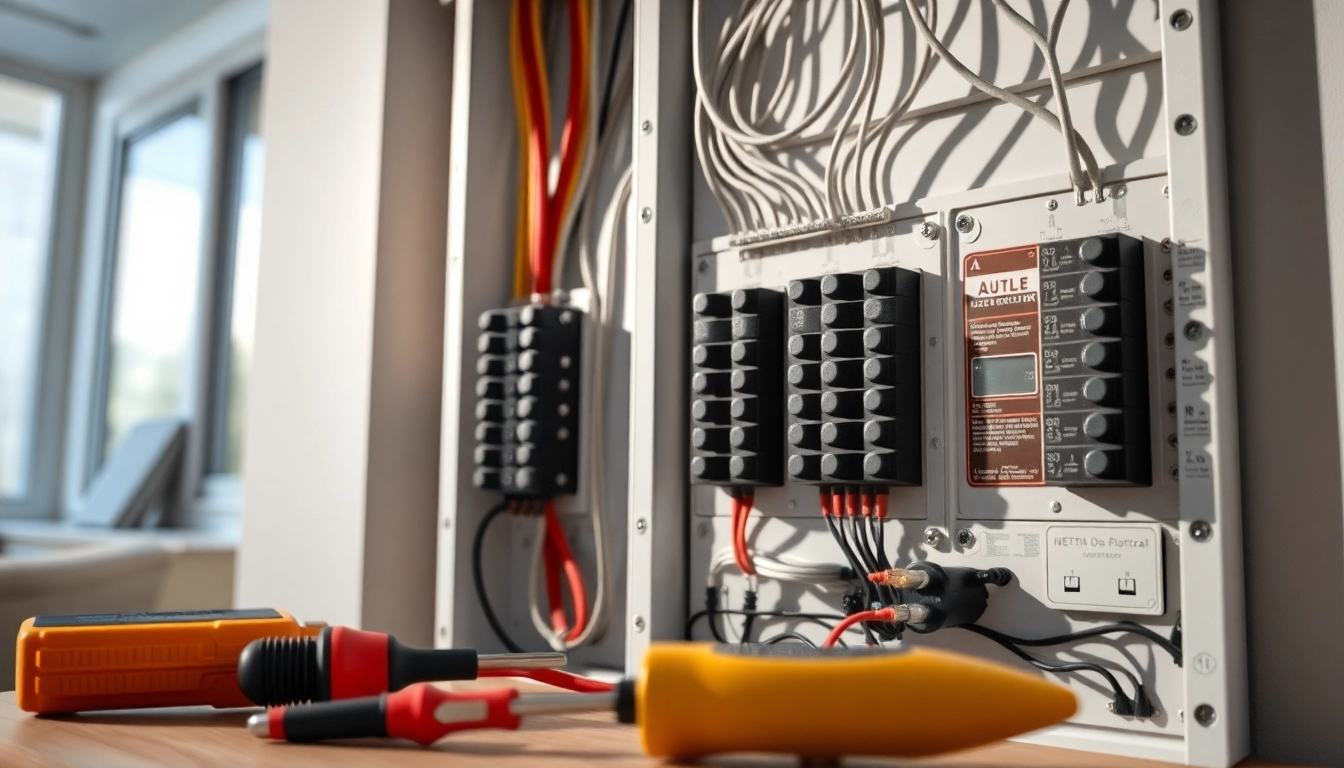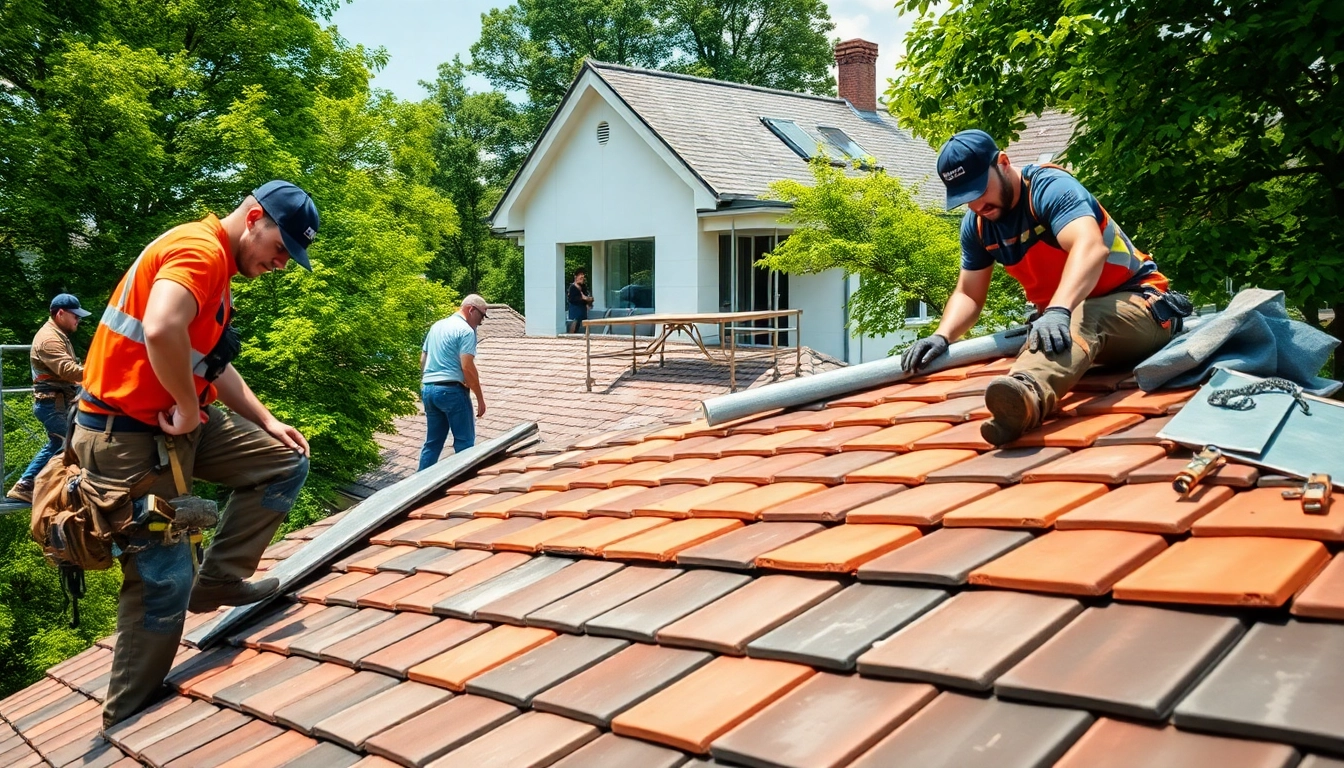Understanding Automatic Bioethanol Fireplaces
What is an Automatic Bioethanol Fireplace?
An automatic bioethanol fireplace is a modern solution for both heating and ambiance, utilizing bioethanol fuel to produce a clean and environmentally friendly flame. Unlike traditional fireplaces that require a chimney and various installations, automatic bioethanol fireplaces offer a stylish and practical option for those seeking a fire feature without the hassle. These units are equipped with advanced technology allowing for remote control operation, safety monitoring, and even integration with smart home systems. The result is a versatile fireplace that not only complements your home decor but also provides ease of use.
How Do They Work?
The operation of an automatic bioethanol fireplace is fundamentally based on the combustion of bioethanol, a renewable energy source derived from sustainable materials. The fireplace consists of a burner, fuel reservoir, and ignitor. When activated, the system automatically measures and dispenses the appropriate amount of fuel. An ignition system then lights the bioethanol, creating a clean flame that can be adjusted for size and intensity using a remote control or smartphone app.
Automatic models feature additional safety mechanisms including flame sensors and safety shut-off systems that ensure the fireplace is safe to operate. This combination of functionality and safety is what distinguishes these fireplaces from their manual counterparts.
Benefits of Using Bioethanol Fuel
Bioethanol fuel presents numerous advantages compared to traditional fuels like gas or wood. One of the most significant benefits is its environmental impact; bioethanol is a renewable source that produces no harmful emissions during combustion, contributing to sustainability efforts. Furthermore, bioethanol fireplaces eliminate the need for flues or vents, making installation more straightforward and adaptable to different spaces.
Another advantage is the fuel’s efficiency and cost-effectiveness. Although bioethanol can be more expensive than some traditional fuels, the convenience and aesthetic pleasure it provides often make the investment worthwhile. Owners can expect a cleaner burn, meaning less soot and creosote buildup, resulting in reduced maintenance and cleaning requirements.
The Key Features to Look For
Remote Control and Smart Technology
The convenience of remote control operation is a hallmark of automatic bioethanol fireplaces. Many modern units come equipped with smart technology, enabling homeowners to control their fireplace settings from a distance, either through a dedicated remote or a mobile app. This level of control enhances user experience, allowing for quick adjustments to flame height or turning the unit on or off without needing to approach it physically.
Some models even integrate with home automation systems, including compatibility with devices such as Amazon Alexa or Google Home. This means a homeowner can include the fireplace in their daily routines or control it via voice commands, which is especially useful during gatherings or gatherings.
Safety Features and Sensors
Safety is a paramount concern when dealing with any fire source, and automatic bioethanol fireplaces come with various built-in safety features that ensure safe operation. Key features to look for include:
- Flame Sensors: These sensors automatically detect if the flame has gone out unexpectedly and can activate a fuel shut-off mechanism to prevent fuel from leaking.
- Overheating Sensors: To prevent overheating, these sensors turn off the fireplace once a certain temperature threshold is reached, thereby reducing the risk of fire hazards.
- Child Lock Functions: Some units have child lock features to prevent unauthorized use, ensuring a safe environment, especially in homes with young children.
By prioritizing safety features, homeowners can enjoy the warmth and beauty of their fireplace with peace of mind.
Design Options and Aesthetics
Automatic bioethanol fireplaces are available in a variety of designs, each catering to different aesthetic preferences and interior decor styles. From sleek, modern designs with glass fronts to more traditional looks, these fireplaces can serve as a focal point in any room.
Furthermore, many manufacturers offer customizable options, enabling customers to choose materials—such as stainless steel, stone, or ceramic—and finish colors to match their home’s interior. This degree of personalization ensures that no matter the existing decor, an automatic bioethanol fireplace can seamlessly integrate and enhance the overall ambiance of any space.
Installation and Maintenance Tips
Choosing the Right Location
Proper placement is crucial for maximizing the enjoyment and safety of your automatic bioethanol fireplace. Consider the following factors when selecting a location:
- Ventilation: Although bioethanol does not produce harmful emissions, good air circulation is essential to avoid any uncomfortable buildup of heat.
- Proximity to Furniture: Maintain a safe distance from combustible materials. A minimum clearance, typically around three feet, is recommended.
- Accessibility: Ensure your fireplace is easily accessible for operation and maintenance without major obstructions in the way.
Once a location is chosen, ensure it aligns with the manufacturer’s recommendations for installation and fuel efficiency.
Installation Process Overview
The installation process of an automatic bioethanol fireplace is a straightforward endeavor, often requiring no professional assistance. The typical steps include:
- Prepare the Base: Ensure the surface where the fireplace will be placed is level and capable of supporting the weight of the unit.
- Position the Fireplace: Carefully place the fireplace in the chosen area while ensuring it is stable and secured properly.
- Connect the Power Supply: If the unit has electronic features, connect the fireplace to a power source following the manufacturer’s guidelines.
- Test the Unit: After installation, perform a test run to ensure all features—like remote control and sensors—function correctly.
Always refer to the manufacturer’s manual for specific installation instructions tailored to your model.
Maintenance and Safety Checks
Regular maintenance is essential to ensure the safe operation and longevity of your automatic bioethanol fireplace. Follow these maintenance tips:
- Clean the Unit: Regularly clean the burner and glass to prevent soot buildup, ensuring a clear, attractive flame.
- Inspect Fuel Quality: Use only high-quality bioethanol fuel to avoid operational issues and ensure clean burning.
- Perform Safety Checks: Periodically check the flame sensors and electronic components to ensure everything operates as intended.
Scheduling routine safety inspections can help catch issues before they escalate, promoting a safe living environment.
Cultural and Environmental Impact
Bioethanol vs. Traditional Fuels
When examining the cultural and environmental impacts of bioethanol fireplaces, it is essential to compare their use to traditional fuels like wood and gas. Unlike wood-burning stoves that result in deforestation and increased CO2 emissions, bioethanol is derived from renewable resources such as sugarcane, corn, or even agricultural waste, fostering sustainable practices.
Additionally, the convenience of bioethanol eliminates the labor-intensive process associated with wood storage and preparation, enhancing its appeal in urban areas where space is often limited.
Environmental Benefits of Bioethanol
Bioethanol fireplaces are not just a stylish option; they represent an eco-friendly choice for heating and ambiance. Major environmental benefits include:
- Reduced Carbon Footprint: Bioethanol is produced from plants that absorb CO2 during their growth, making it a carbon-neutral option when burned.
- Low Air Pollution: With the absence of soot and ash, bioethanol fuel combustion is cleaner compared to traditional fuels.
- Promoting Sustainability: As a fuel source derived from organic materials, bioethanol contributes to a more sustainable energy cycle.
Choosing an automatic bioethanol fireplace allows individuals to create a warm atmosphere while emphasizing environmental responsibility.
Common Misconceptions about Bioethanol
Despite the numerous benefits, misconceptions about bioethanol often lead to misunderstandings. For example, many assume that bioethanol fireplaces produce substantial heat output similar to wood-burning stoves. In reality, while they produce heat, they typically deliver less warmth than traditional options, making them ideal supplementary heating solutions rather than primary ones.
Another common misconception is that bioethanol fuels are unsafe. On the contrary, when used properly and with safety features in place, bioethanol fireplaces can be among the safest options available due to their built-in safety mechanisms and lack of harmful emissions.
Buying Guide for Automatic Bioethanol Fireplaces
Top Brands and Models
When selecting an automatic bioethanol fireplace, consider renowned brands known for their reliability and innovation. Brands like Ignis Products, AFIRE, and The Bio Flame are recognized for their quality and state-of-the-art technology. Each brand offers a range of models tailored to various styles and functionalities, making it easier to find one that fits your specific needs.
Cost Considerations
The cost of an automatic bioethanol fireplace can vary based on several factors, including brand, size, and additional features. Entry-level models can start around $600, while premium options with advanced technology may reach or exceed $3,000. When calculating costs, consider not only the price of the unit but also ongoing expenses associated with bioethanol fuel, as well as maintenance and installation if needed.
Where to Buy: Online vs. In-Store
When it comes to purchasing an automatic bioethanol fireplace, both online and in-store options are available. Buying online typically provides a wider selection, customer reviews, and often better pricing. Websites specializing in home improvement or specific fireplace brands are excellent resources. However, purchasing in-store allows customers to view models in person and receive advice from sales associates regarding features and installation. Ultimately, the choice will depend on personal preference and specific needs.















Leave a Reply